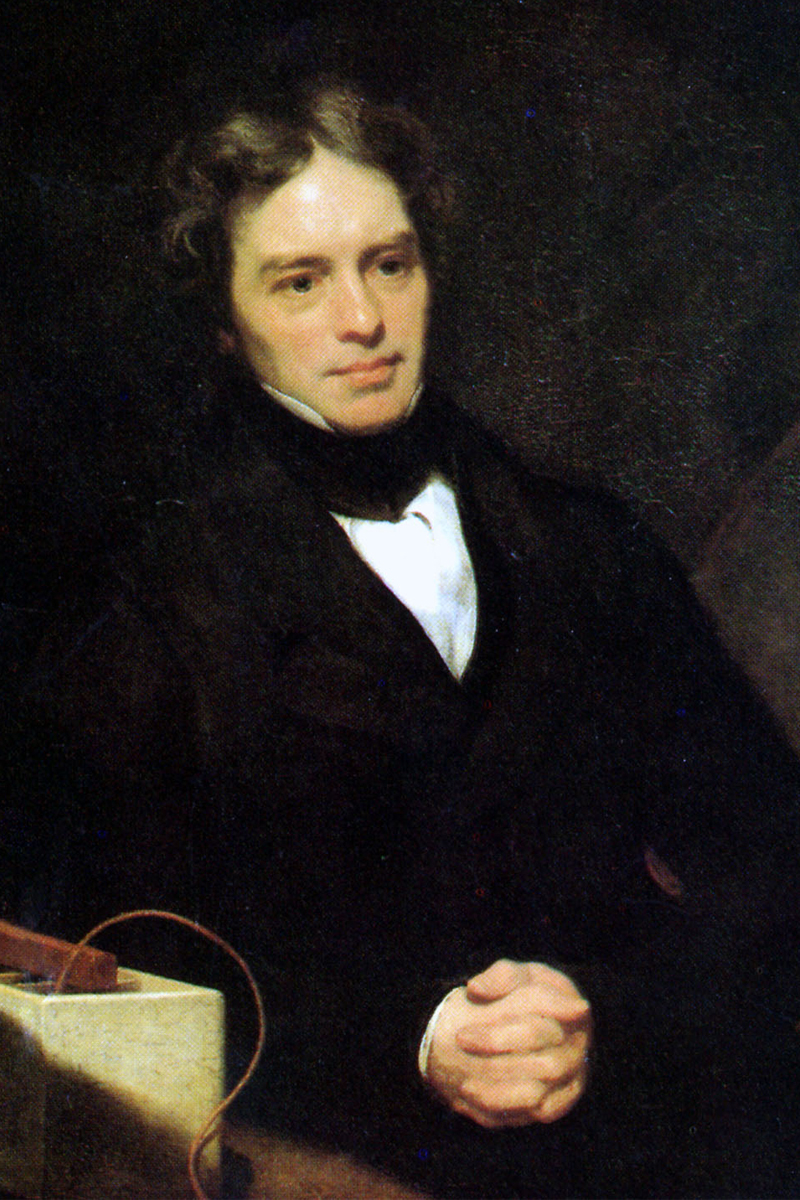Celebrating the legacy of Michael Faraday

Michael Faraday by Thomas Phillips oil on canvas, 1841-1842 Picture: Public domain
This week we celebrated the anniversary of the birth of Michael Faraday, perhaps one of the most prolific and influential scientists who ever lived, and whose ground-breaking research into the relationship between electricity and magnetism ultimately led to the invention of the electric motor.
One of his most well-known creations, the Faraday cage, is the basis of MRI machines – routinely used for a range of medical diagnoses. He also discovered benzene, pioneered research into nanotechnology, and gave his name to the Faraday Effect, Faraday’s Law, and the SI unit of capacitance, the farad.
Moreover, in an era where the pursuit of science was largely the domain of a privileged few, Faraday was ahead of his time in attempting to inspire the public with an enthusiasm for science, and in 1826 founded the Christmas Lectures for young people, which continue at the Royal Institution to this day.
At the Royal Society of Chemistry his legacy lives on through our Faraday Division (which provides a forum for physical and biophysical chemistry, molecular and chemical physics and theoretical chemistry) and the Faraday Discussions, which have now been running for over 100 years.
The Faradays' special format is considered to be unique among chemical science conferences, and allows scientists at all stages of their research career to engage with and debate cutting-edge research.
Collaborative conversation
At a Faraday Discussion each paper to be presented is distributed to all delegates ahead of the meeting, and the majority of the meeting is dedicated to in-depth discussion of the paper. Anyone present may ask a question and everyone contributes to the discussion – including presenting their own relevant research. The research papers and a record of the discussion are subsequently published in the journal Faraday Discussions.
Since 1910 there has been at least one discussion meeting every year, even through the two world wars. The scope of the discussions was initially focused on topics most closely linked to Faraday himself but, over the years, the scope has expanded to the interfaces of chemistry, biology, and physics.
"Because Faraday is at the interfaces where new things are happening, and where physical chemistry broadens out to physics and now increasingly biology, or engineering, I think it’s actually an excellent format for pushing these fields and advancing the science that’s done," says Professor Eleanor Campbell, President of the Faraday Division.
One of the main aims of the Faraday Discussions is to bring together communities who might not normally meet, to discuss common issues and move the field forward.
"It’s a really special meeting – it’s a meeting that you should travel round the world to come to," says Professor Jeremy Baumberg of the University of Cambridge. "This is a conference where all of the focus is on the discussion, on the interaction, and it changes the dynamic completely. Instead of the personal arguments which often arise at conferences, what you get is a discussion about the material, so people start focusing on the science, on the technology, on where it’s going to go, and explore around it – so it’s really collaborative science."
In a new film, we explore the history of the Faraday Discussions, and the legacy of the man who inspired them.